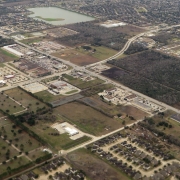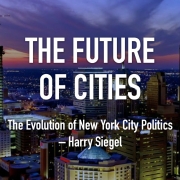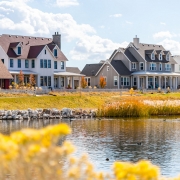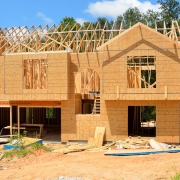You Can’t Fix Housing with New Houses. We Need New Cities
Housing is rapidly becoming the key economic issue facing America’s beleaguered middle class. Even as interest rates rise, rents are on a wild binge, up near 20 percent in the past year or more in some cities. Meanwhile, home prices have hit a high and appear to be climbing further still. Higher prices are emerging even in what have long been relative bargain communities in the southeast, as refugees from the high-priced Northeast pour in with their greater resources.
The property gold rush has been made more problematic by the growing role of professional, well-funded investors and speculators, to whom the housing market is more attractive than a sometimes unsteady stock market. All-cash buyers led by led by firms like BlackRock grew to nearly 23 percent in 2021, more than twice the growth of 2006. They can keep prices high through regulatory restraints, and just In 2021, investors‘ share jumped 50 percent from 2020, and with good reason: rents for single family homes grew 27 percent last year, and in Miami by an astounding 35 percent.
It’s increasingly clear that policy is driving much of this. In coastal California, policies aimed at curbing suburban growth have been associated with housing prices rising to more than double income-adjusted national prices in 2020. California accounts for four of the seven largest metros with the lowest homeownership rates, according to 2019 American Community Survey data, and that home ownership rate is now the lowest it’s been since the 1940s.
To put this in perspective, not one unionized construction worker can afford a median priced new home in any coastal California county, according to a recent study by economist John Husing. Working class people can no longer thrive in our dense urban environments.
And yet, despite this California crisis, many planners as well as some in the Biden Administration are embracing the California “model” as our housing future. And this though a large part of red America—Texas and Florida, to take two examples—have kept housing far more affordable, mainly by expanding housing in suburbia.
Consider the fact that not one California metro was among top 50 with the most new housing units per capita in 2020, while Texas had five and Florida 10. It is here that the new communities of the future are being built, largely on the fringes of metros like Austin, Houston, Dallas-Fort Worth, Fayetteville (AR) Tampa-St. Petersburg, Nashville, Raleigh, Charlotte and Phoenix.
Read the rest of this piece at Newsweek.
Joel Kotkin is the author of The Coming of Neo-Feudalism: A Warning to the Global Middle Class. He is the Roger Hobbs Presidential Fellow in Urban Futures at Chapman University and Executive Director for Urban Reform Institute. Learn more at joelkotkin.com and follow him on Twitter @joelkotkin.
Photo: Pearland, Texas by Ken Lund via Flickr under CC 2.0 License.





 Gage Skidmore, used under CC 2.0 License
Gage Skidmore, used under CC 2.0 License


